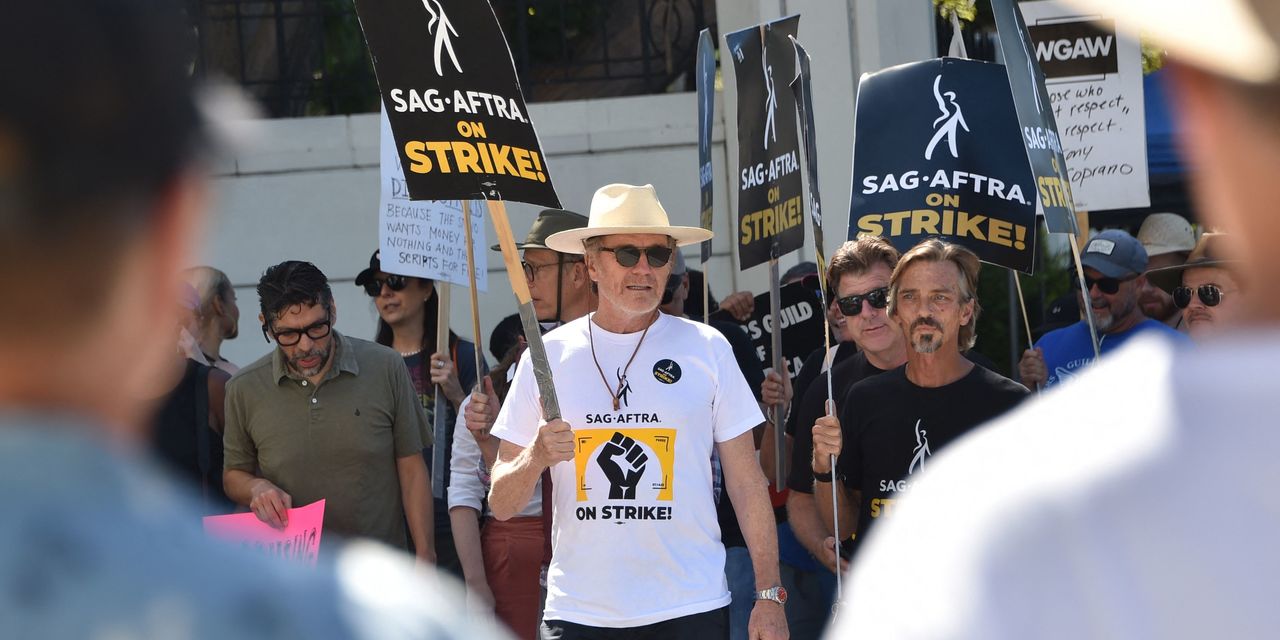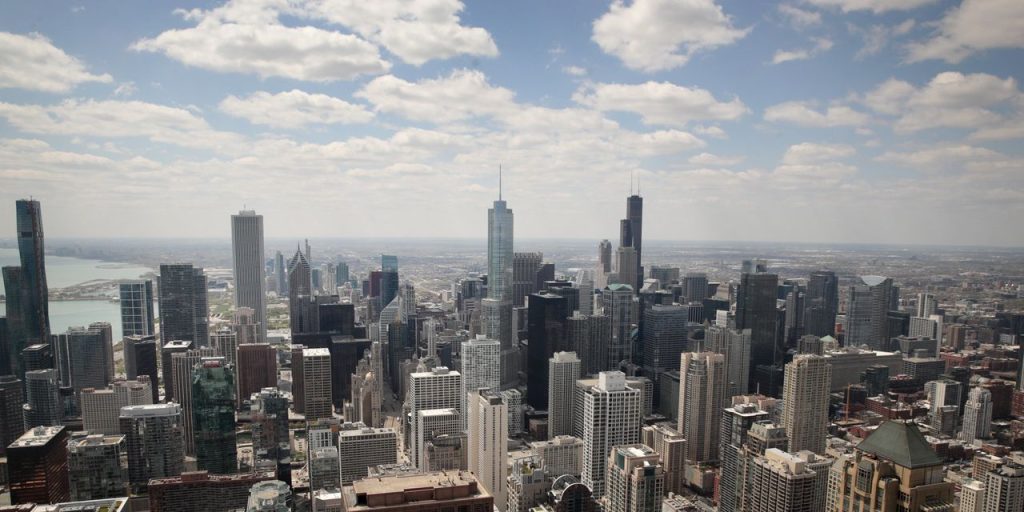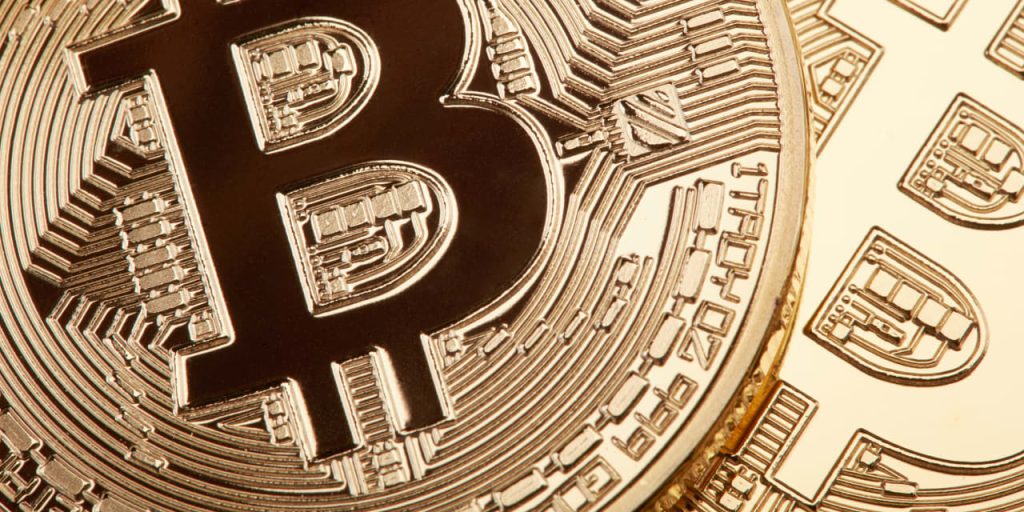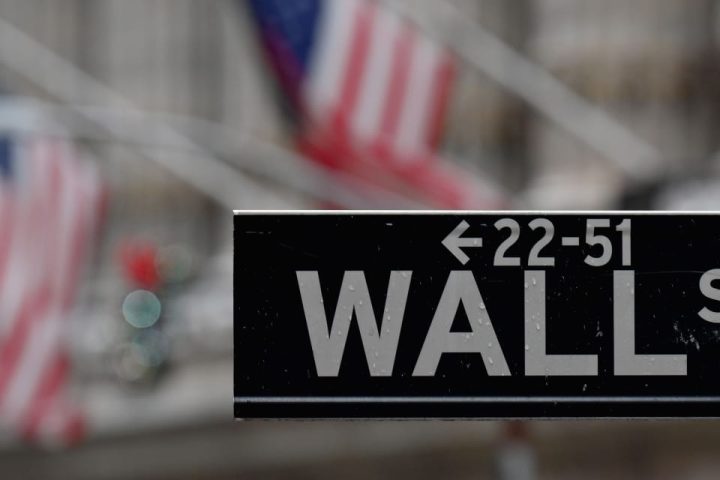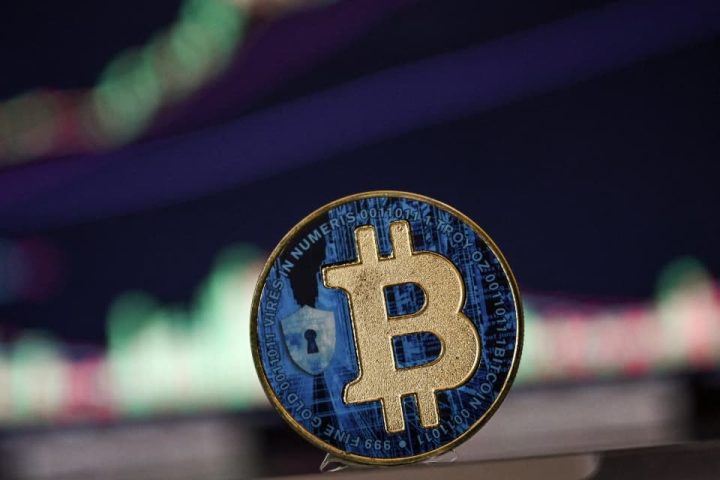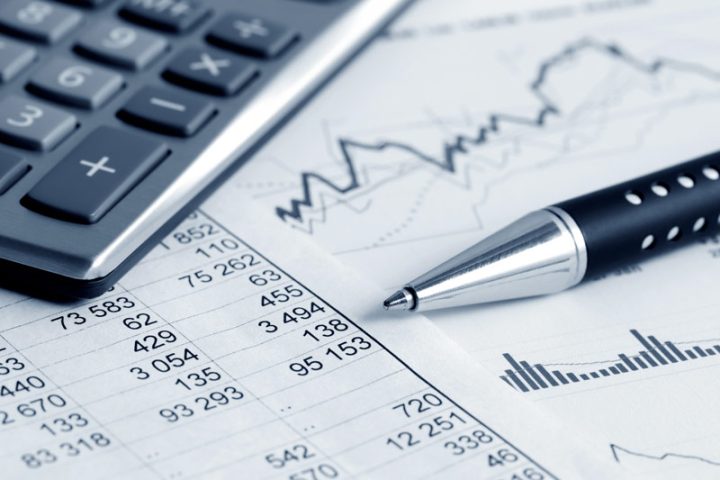The numbers: A measure of what it costs businesses to employ workers rose a sharp 1.1% in the third quarter, keeping upward pressure on U.S. inflation.
Economists polled by The Wall Street Journal had forecast a 1.0% increase in the so-called employment cost index.
The cost of labor has risen by 1% or more for nine quarters in a row stretching back to the middle of 2021.
Before that, the last time compensation rose at least 1% a quarter was in 2006.
The increase in compensation in the past 12 months, however, slowed again to 4.1% from 4.2%. And it’s down from a 34-year peak of 5.1% in 2022.
That’s still well above the average 2.7% increase in wages and benefits from 2017 to 2019, toward the tail end of an era of low inflation.
The Federal Reserve wants to see compensation growth return to pre-pandemic levels as part of its effort to get inflation under control, but workers still have lots of leverage because of the tightest labor market in decades.
Major unions have shown off their newfound power by winning more generous contracts in Hollywood and the auto industry, among others.
Key details: Wages and salaries rose 1.1% in the third quarter, with state and local employees winning even bigger increases.
The gain in wages in the 12 months ended in September was unchanged at 4.6%.
Benefits rose at a 0.9% pace from July to September. The 12-month increase in benefits fell a tick to 4.1%.
Government employees saw a 1.5% increase in overall compensation and 1.8% in wages and salaries in the third quarter. Government compensation has risen appreciably faster than in the private sector.
The ECI reflects how much companies, governments and nonprofit institutions pay employees in wages and benefits. Wages make up about 70% of employment costs and benefits the rest.
The big picture: Senior Fed officials want to see a tight labor market loosen up and wage growth decelerate further to help ensure inflation returns to pre-pandemic levels of 2% or so.
The central bank on Wednesday is expected to leave interest rates unchanged and give the economy some breathing space.
The Fed has sharply raised rates to tame inflation, but it doesn’t want to raise rates so high as to cause a recession.
Looking ahead: “Today’s data is a mixed bag for Federal Reserve policymakers,” said economist Cory Stahle at Indeed Hiring Lab. “Things are headed in the right direction, but maybe not at the pace they are hoping for.”
“Many of the big drivers of inflation over the last few years have cooled, like lumber, new and used cars, gasoline, new residential leases, or house prices,” said chief economist Bill Adams of Comerica. “But inflationary pressures from labor costs continue to run a solid notch hotter than before the pandemic.”
Market reaction: The Dow Jones Industrial Average
DJIA,
and S&P 500
SPX,
were set to open higher in Tuesday trades.
Read the full article here
